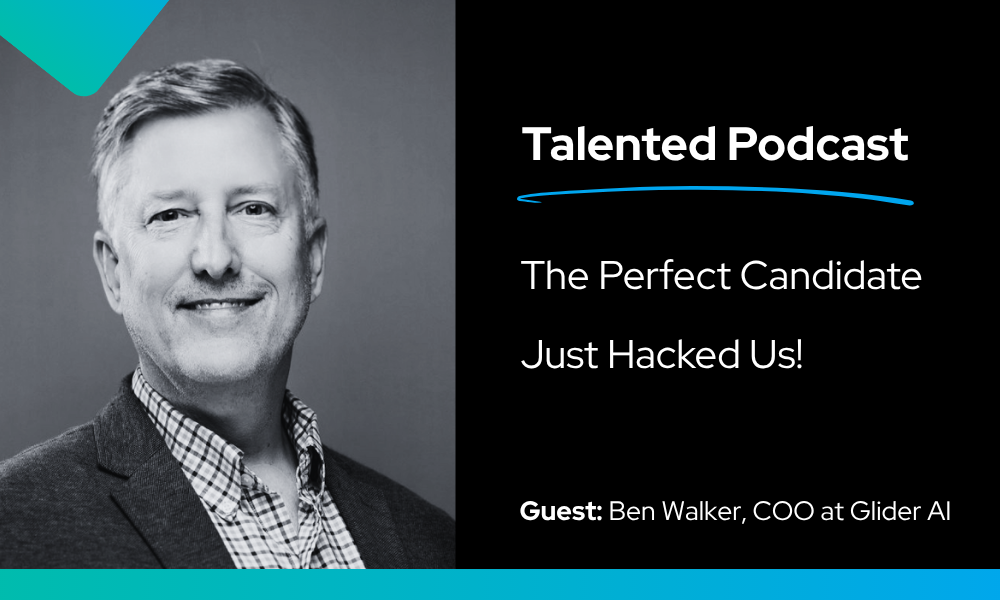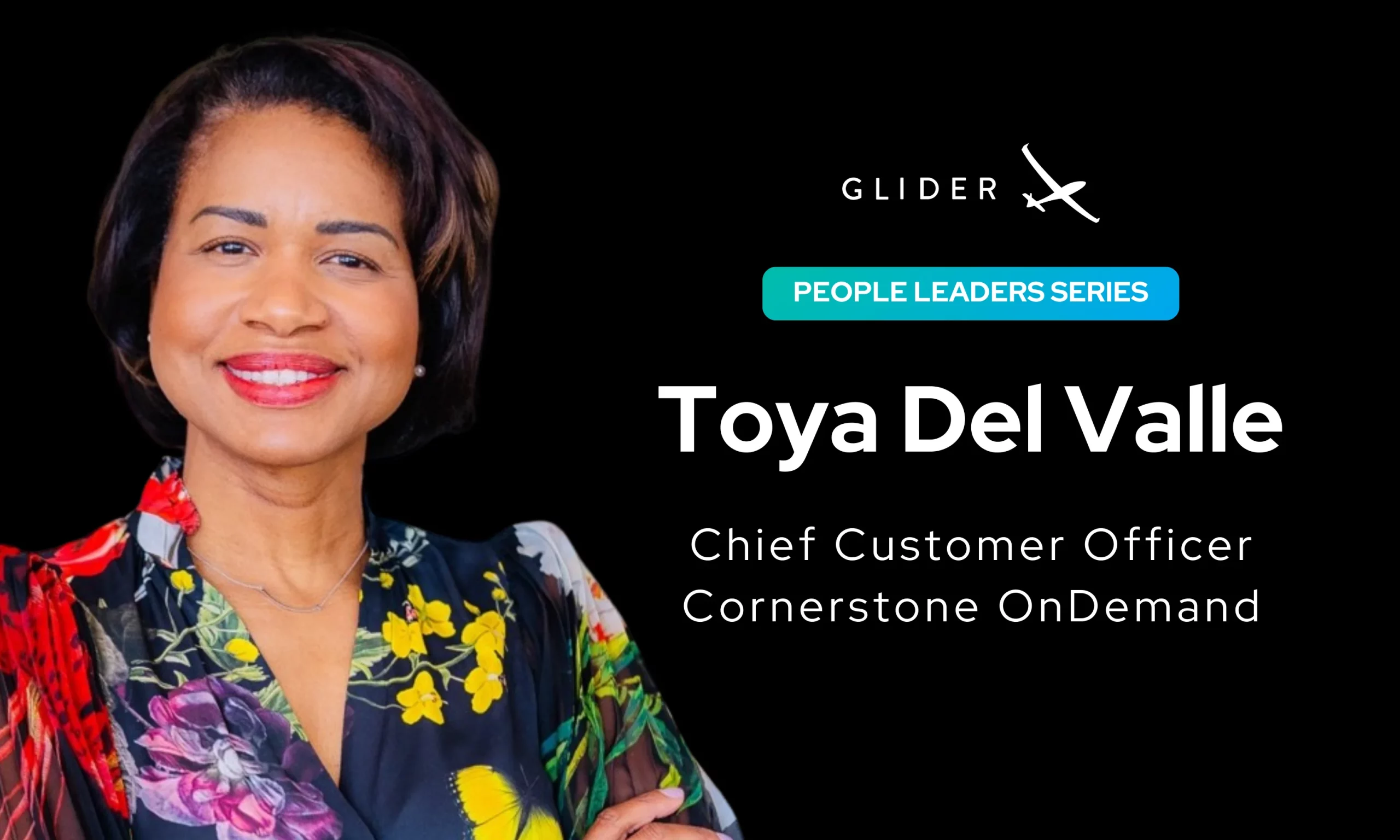
Make talent quality your leading analytic with skills-based hiring solution.

Choosing the appropriate strategy for recruitment is the first step to developing a candidate pipeline that nurtures diversity, enhances productivity, and aligns with broader organizational goals. There are various types of recruitment strategies and hiring techniques that hiring managers can utilize to build resilient and balanced teams.
Contingent workforce refers to temporary staff, independent contractors, consultants, or freelance workers who are hired based on organizational requirements and priorities.
Research reveals that contingent workers made up about a third of the US workforce in 2020. The number rose to 40% in 2022. These statistics suggest that the need for contingent hiring programs will only increase in the future. By 2050, the US workforce will house 50-75% of contingent workers.
Since contingent workers do not fit into the conventional hiring strategies for full-time/perm employee framework, employers have greater flexibility in deciding terms of engagement. This recruitment strategy allows them to ramp up or curtail workforce capacity to supplement project-based needs. Some prominent hiring methods within contingent staffing include:
Seeking temporary employees allows organizations to fill urgent or unforeseen needs when core staffing falls short. By bringing on talented contractors for short-term assignments ranging from a few months to a year, companies can adapt swiftly to fluctuating market demands. These interim hires supplement in-house teams during times of rapid growth, seasonal spikes, or critical projects.
These are self-employed specialists or freelancers providing customized services for specific short- or long-term requirements.
Organizations can call upon Employees with specialized skills to report to work as and when dictated by business needs.
Contingent staffing provides companies with the agility to scale according to workload, as the process of induction and offboarding is less cumbersome.
Traditional talent acquisition typically involves hiring candidates for full-time and permanent job vacancies across different organizational levels and functions. Key benefits include:
However, external uncertainties and evolving priorities in the competitive landscape can necessitate more adaptable approaches.
Skill-based hiring is one of the top workplace hiring trends. Rather than evaluating candidates on conventional parameters like college degrees and years of experience, skills-based hiring focuses on specific hard and soft skills required for the job. This competency-driven recruitment technique offers the following advantages:
A 2022 survey on competency-based recruiting found that over three-fourths (76%) of employers now integrate skills assessments into their talent acquisition process. Moreover, the study indicates that 55% of companies utilize customized skill tests calibrated to open job positions when screening applicants. This widespread reliance on evaluating ‘role-fit’ over qualifications demonstrates a growing prioritization of hands-on abilities versus more traditional criteria like college degrees or years of relevant experience.
AI recruitment is one of the most popular types of recruitment strategies that continue to transform the talent acquisition process by relying on data patterns to help mitigate inherent human biases and accelerate hiring.
A study found that candidates screened and selected through AI-enabled recruitment tools have interview success rates that are over 10% higher than those achieved through traditional hiring processes. A key driver seems to be enhanced productivity, with close to 70% of talent acquisition leaders acknowledging that AI significantly quickens screening procedures. Additionally, well over 40% of respondents cited the ability of data-based algorithms to circumvent unconscious prejudices that might influence human recruiters.
This indicates the transformative potential of automation and predictive analytics in talent sourcing. Key innovations include:
Organizations seeking to nurture an inclusive and equitable work environment are formulating dedicated outreach programs targeting underrepresented communities, such as:
It involves a longer-term approach of exploring non-traditional networks, redefining selection parameters, improving workplace policies, and sensitizing existing employees.
For rapidly scaling teams or seasonal business needs, HR departments develop accelerated processes that can evaluate hundreds of candidates daily through methods like:
The streamlined experience allows candidates a quicker turnaround on job applications.
Finding leaders to steer the strategic agenda requires customized search strategies, including:
Securing senior talent warrants greater engagement, secrecy, and expenses.
A company’s human resources are undoubtedly its biggest competitive advantage. Organizations must continually explore and experiment with emerging recruitment strategies to succeed whether in a hiring boom or times of economic uncertainty. Using the strategies outlined above can empower managers to attract candidates with the optimum skills and mindset to flourish in available roles.
Rather than a one-size-fits-all model, the hiring process must seamlessly align with departmental needs – both current and future. A diverse and inclusive workforce is the foundation for propelling innovation and responsiveness, which influences eventual business performance.
AI-based tools apply advanced algorithms to screen and shortlist applicants on predefined job specifications. By remaining objective and focusing purely on skills, attributes, and experience required for open positions, they significantly control conscious and unconscious human prejudices that creep into manual evaluation.
While conventional hiring relies heavily on academic qualifications and previous designations, skills-based recruitment adopts a more holistic profile review. It balances hard skills certificates with soft skills and cultural fit. This expands the talent pool to include unconventional candidates who can handle job responsibilities well, irrespective of educational pedigree.
Quantifiable metrics to gauge the efficacy of hiring techniques include:
Positive results validate existing processes, while red flags indicate realignment needs.
Strategies organizations can implement to promote diversity include cultural awareness workshops for employees, partnerships with community organizations, broadening recruitment channels to access unique applicant pools, building relationships with nonprofits that focus on upskilling women/minorities and emphasizing skill-based qualifications rather than specific educational or work histories during the screening process.

“The Perfect Candidate Just Hacked Us”: Inside the Global Playbook of Hiring Fraud That 100% test score might be your biggest red flag. Enterprise breaches don’t always start with phishing emails; sometimes, they start with a fake job interview. In this episode of Talented, Joseph Cole sits down with COO Ben Walker to unpack one […]

Can HR Stop Playing Buzzword Bingo with Skills and AI? If you’re an HR or TA practitioner or work in HR Tech in any capacity, AI and Skills-Based Hiring is what everyone is talking about. The problem? All the talk is diluting the importance of two very interrelated topics. Glider AI sponsored the Transformation Realness […]

Q&A with HR/TA Analyst Kyle Lagunas The traditional playbook that was HR is being rewritten. AI is reshaping work, skills-based strategies are transforming hiring, and HR teams are under pressure to deliver more with less. HR isn’t just about managing people anymore—it’s about engineering the future of work. In this Q&A session, Kyle Lagunas and Joseph […]